Scam of the Century: A story about a Tribe that Never Existed
By Pictolic https://pictolic.com/article/scam-of-the-century-a-story-about-a-tribe-that-never-existed.htmlIn the early 1970s, magazines and television around the world talked about the unique Tasadai tribe that lives in caves in the jungle on the Philippine island of Mindanao. They know nothing about the world around them, are engaged in gathering and wear loincloths made of leaves. They were described as the most backward people on earth, whose development remained at the level of the Stone Age.
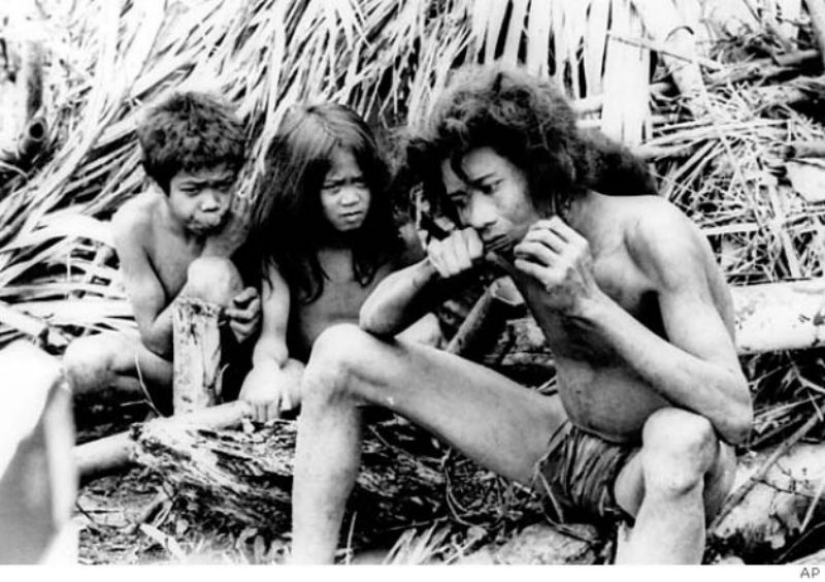
Tasadai lived in caves in the rainforest for more than a thousand years before their isolation from the outside world ended. A hunter from a neighboring tribe came across them when he was setting traps. In the end, this hunter told Manuel Elisalda Jr., an adviser to Philippine President Ferdinand Marcos, about the tribe.
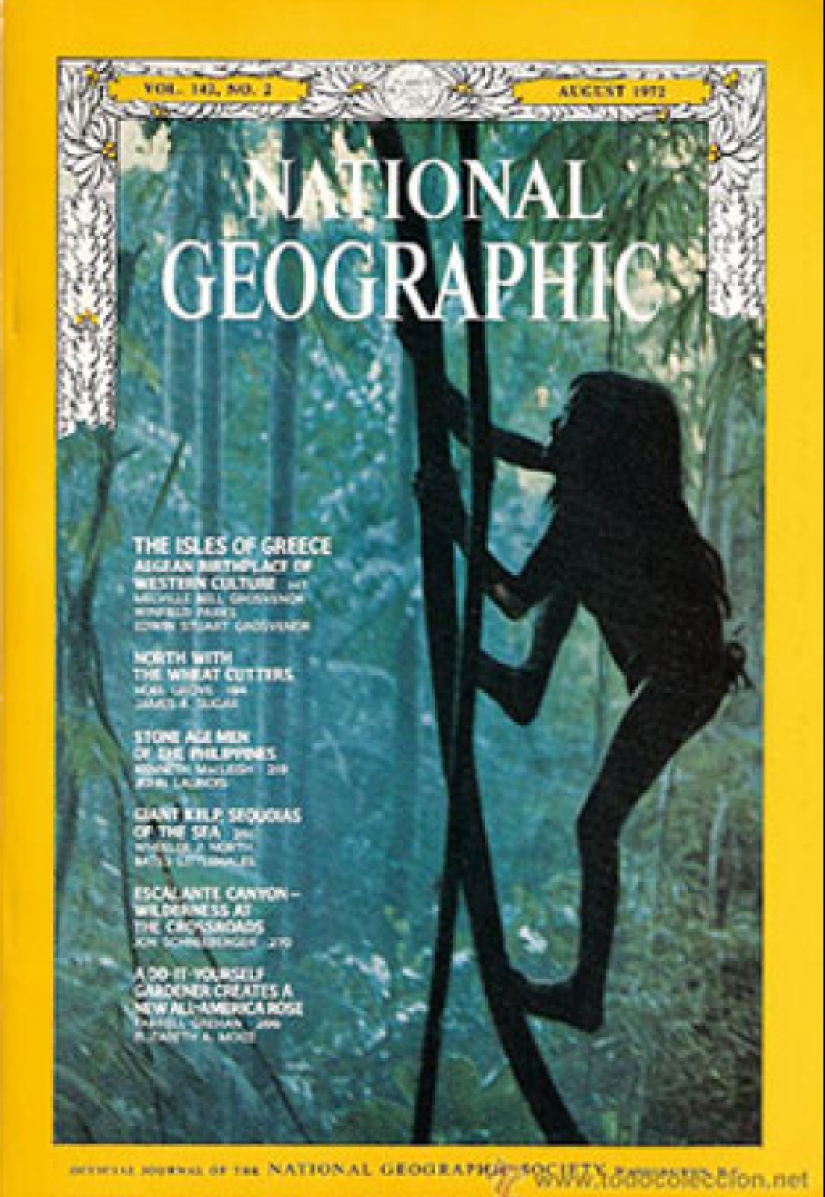
Intrigued, Elisalde went to the jungle to look at the outlandish tribe. Soon anthropologists, reporters and even famous personalities such as Charles Lindbergh and Gina Lollobrigida went there. Literally in one day, an unknown tribe gained worldwide popularity. Photos of tasadai appeared in magazines around the world, documentaries about them were broadcast on TV channels. A child of the Tasadai tribe climbing a vine graced the cover of National Geographic.

Most of all, the world was fascinated by the tranquility of tasadai. It was reported that the people of the tribe live in harmony with each other, they do not have conflicts, they do not even have words denoting war or struggle. In 1971, all this was especially striking in the wake of the news from Vietnam.
But in the background of the whole story loomed the problem, which was the close connection of the tribe with Elisalde. From the moment the tribe was discovered, the politician appointed himself its defender and strictly controlled its contacts with the world.
Elisalde was a controversial figure: a wealthy man with numerous business interests and high political ambitions, who spoke of himself as a defender of ethnic minorities. Many resented Elisalde's control over access to the tribe. And when the politician persuaded Marx to declare the rainforest where the tribe lived a protected reserve, people began to suspect that Elisalde's interest in the tribe had selfish motives. In 1976, Marcos issued a decree "Protecting Tasadai and other unexplored cultural communities from unauthorized entry," and access to the tribe ceased altogether, the Tasadai disappeared from view.
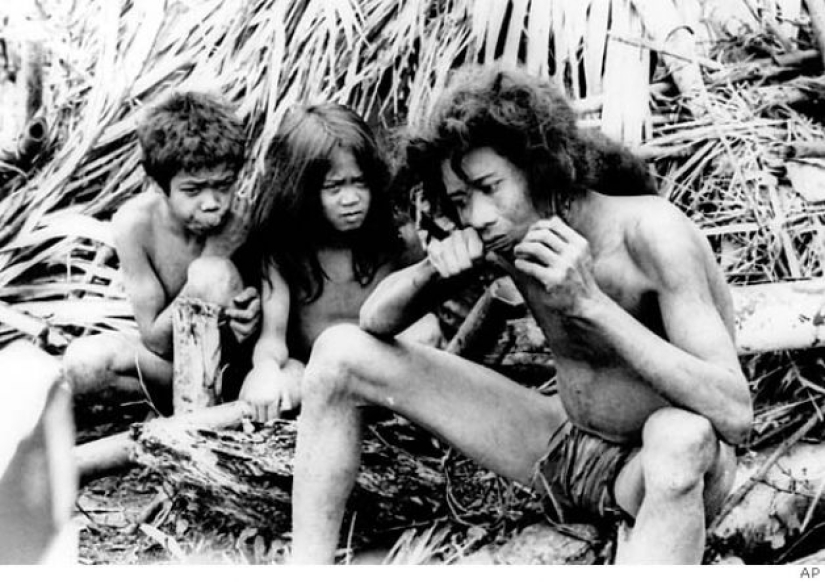
In 1986, the Marx government was overthrown. Swiss journalist Oswald Iten and Filipino reporter Joey Lozano took advantage of this to go into the jungle and find out what happened to tasadai. What Ethan found shocked him.
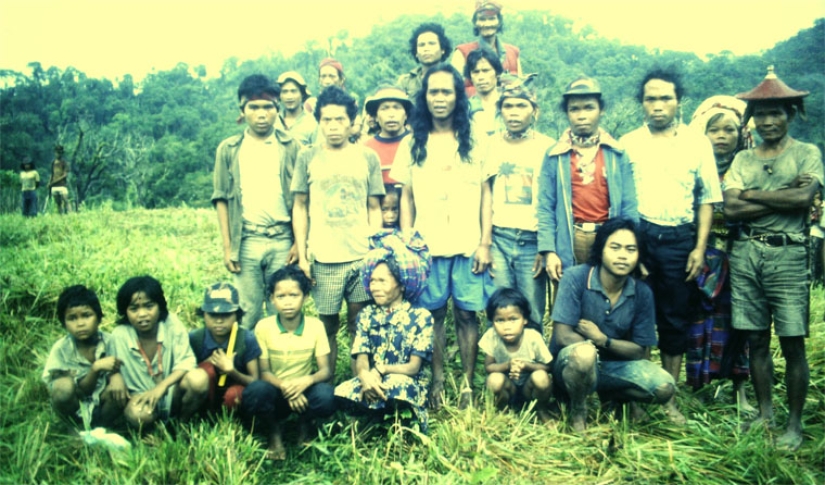
Ethan saw that the caves where the tribe used to live were empty, and people live in huts nearby, they are dressed in jeans and T-shirts and lead a simple, but not primitive way of life. The Tasadai admitted that they had never been a Stone Age tribe. They claimed that Elisalde put pressure on them, forced them to move to caves, change normal clothes for leaves, and in exchange for this promised money and security.
Ethan's discovery shocked the world. A few days after his departure, a group of German journalists also decided to visit the tribe. They found tasadai dressed in leaves in caves. But upon closer inspection, the Germans noticed that fabric clothing was visible from under the leaves. It all looked like the tribe decided to continue the game in the Stone Age.
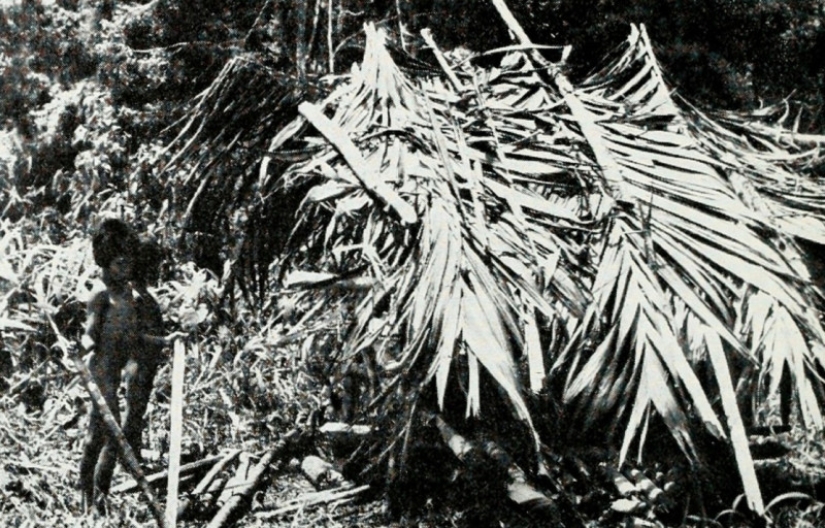
In the search for evidence of the hoax, the researchers realized that there were many unanswered questions in this story. For example, it is hard to believe that the tribe was isolated from people for more than a thousand years, because they lived only a few kilometers from a neighboring village. It is also surprising that tasadai are resistant to modern diseases.
Faced with such questions and armed with the confessions of the Tasadai themselves, the media decided that this issue was settled. Tasadai were declared a hoax.
Despite the overthrow of Marcos, Elisalde continued to exert influence in the Philippines to organize a campaign in support of the tribe. In 1988, he even organized a trip of some members of Tasadai to Manila to file a lawsuit against Filipino professors who called the tribe a hoax.

This tactic has also influenced the scientific world. For example, linguist Lawrence Reed, a researcher from the University of Hawaii, lived with the Tasadai tribe for about ten months. Reed determined that the tasadai did indeed live on their own in the rainforest, but apparently only for about 150 years. In addition, they seem to have come into contact with neighboring tribes in the 1950s, and through this contact steel tools were acquired and some agricultural skills learned. Therefore, when the world discovered them in 1971, they were definitely not as isolated as first stated. But they really lived very primitive, so it's difficult to call them a one-hundred-percent hoax.
Skeptical scientists back in the early 70s, when the first data about the tribe arrived, were inclined to believe that Tasadai was not a "relic" of primitive society, but a tribe that had regressed in particularly difficult conditions, which could have irregular contacts with more technologically advanced groups of people living somewhere in the neighborhood.
Recent articles

The life of Mongolian nomads heavy and scarce. More surprising is to see their traditional national costumes — intricate, ...

Confident that the underwater fauna, greedy for human flesh, is more common in movies than in reality, the modern inhabitant of the ...

People mistakenly believe that ancient Romans lived in idleness, indulging in gluttony, debauchery. Meanwhile, Roman society was ...